I am never quite sure what to make of businesses that are not using URLs to refer customers to their website but suggest a casual “Google search” instead, to: find their menu / leave a review / get opening hours etc. Is it lazy? Ignorant? Or are they actually on to something?
Knorr, the German food and beverage company owned by Unilever, have opted for this approach, as I’ve recently discovered while cooking.
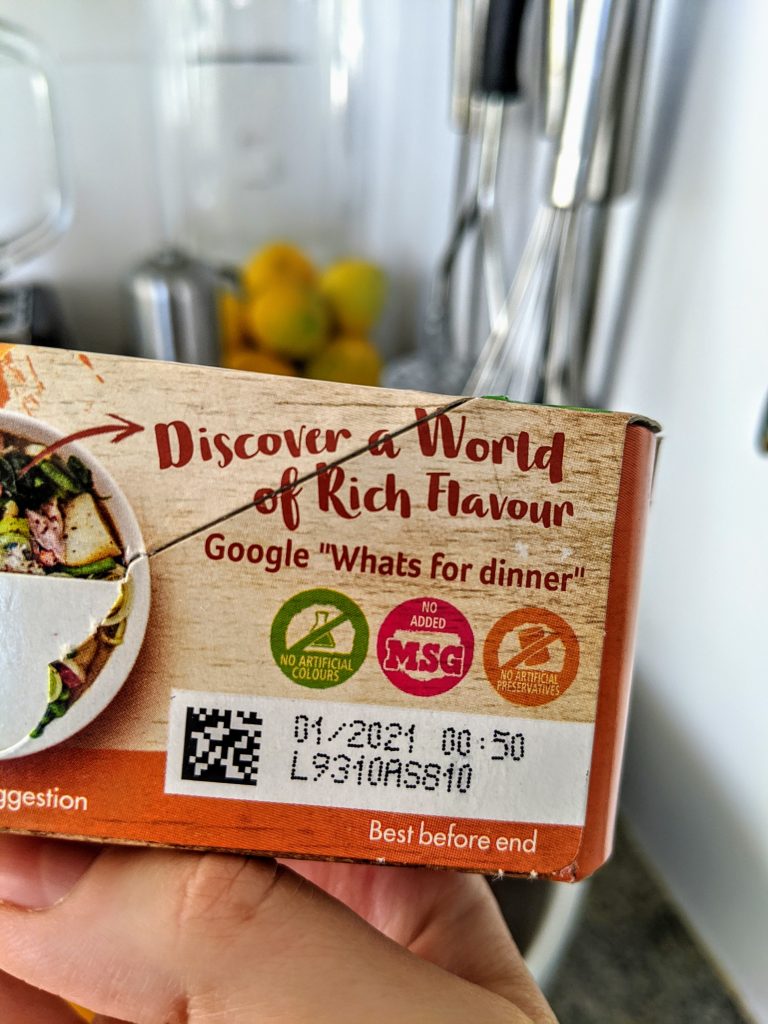
Google “Whats for dinner”, it says on the back of their stock cubes.
“That’s confident!”, I thought, immediately getting my phone to see whether they have managed to pull it off.
This strategy relies on the Knorr “Whats for dinner” page achieving and maintaining a top organic position for that particular search query. For an informational query like “whats for dinner” climbing to the top and staying there is no mean feat.
Why? Google ranks content that it considers most likely to provide a satisfying answer to a user’s query. A worthy response would have to be replete with recipes, high quality images and have received just the right kind of attention in links and mentions from other websites to make the cut.
Did it work?
To my surprise, the Knorr “Whats for dinner” page (no apostrophe, like on the packet), did rank first when I conducted a search.
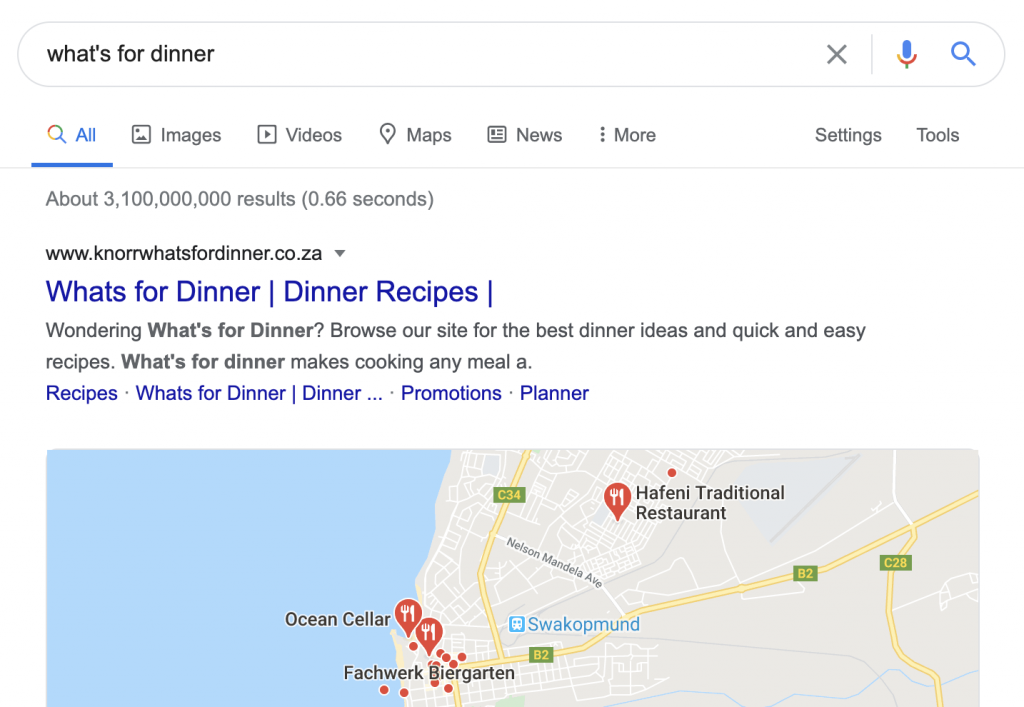
Ever helpful, Google offered local restaurant suggestions immediately after the top result, followed by rich snippets for recipes and more related questions. Touche, Knorr, you did it.
Geographic limits
I was googling from Namibia. It’s highly likely that outside of southern Africa the .co.za would lose its power and other results will take poll position for “whats for dinner”.
How did they do it?
Did I find the recipe hub I expected that would have to meet Google’s criteria? Sort of.
The landing page was a blend of calls to action taking the user off to different sections of the site, where sometimes, they could access recipes.
It consisted of (I’m grading these heuristically in order of usefulness/decipher-ability as a user):
- A recipe finder where you can search by ingredient, dish or recipe (not entirely sure what the difference is between those two?);
- A weekly meal planner;
- An enormous newsletter signup;
- A Facebook messenger chat bot;
- An imageless link to an article; and
- A confusing link to a promotions section.
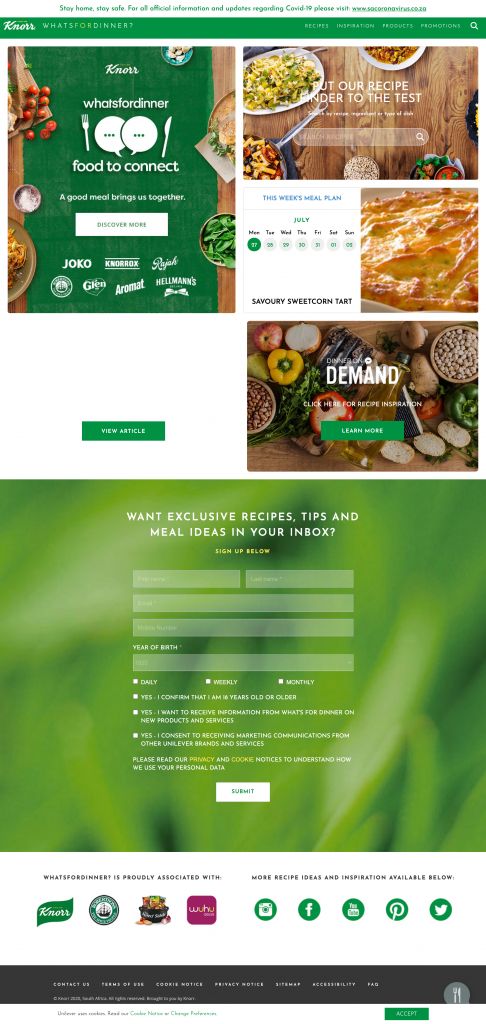
As a user, I found this disappointing. I was expecting a platform in the style of some of the other ranking content for queries of this kind, featuring a curated selection of recipes, articles and tutorials with a sprinkling of shameless product promotion.
A bit like this page on delish.com:
More than meets the eye
Though the Knorr Whats for dinner home page doesn’t suggest it, the site itself is in fact a large recipe repository.
The large cluster of pages towards the top of this diagram represents over 1650 pages with recipes.
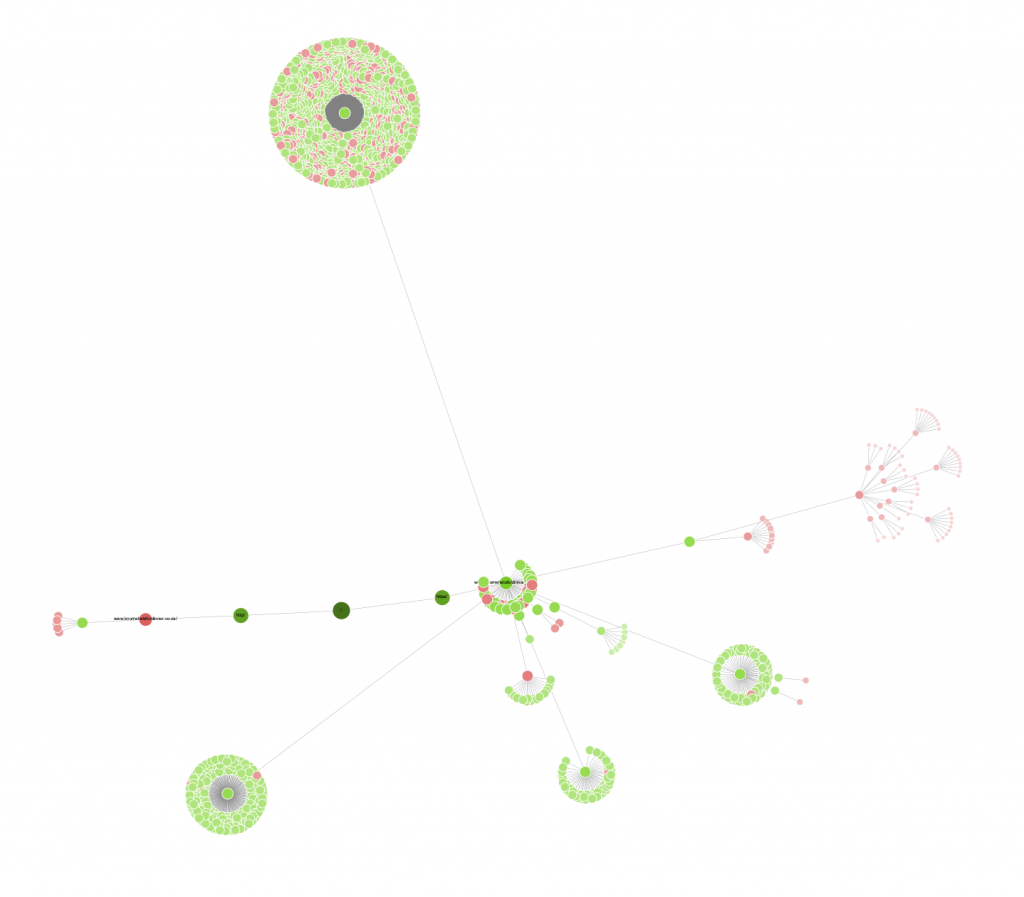
This stash of recipes will go some way towards persuading Google that this site can in fact provide satisfying answers to the question: “What’s for dinner”.
To put it into context, it’s not giving them the visibility or traffic of true recipe sites, but they do have a definitive slice of the pie.
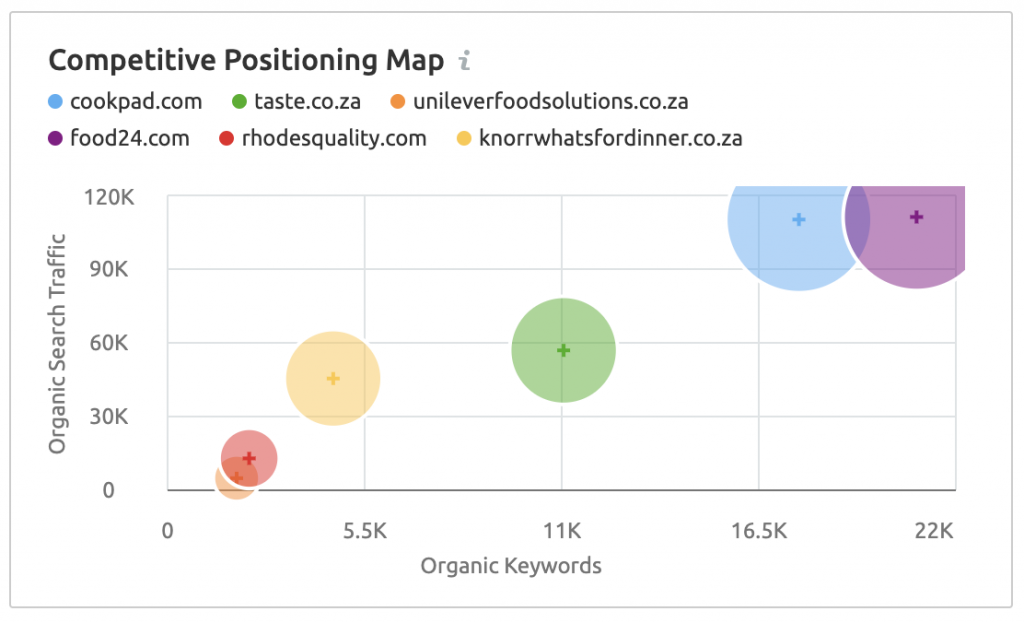
Search query referrals can become a self-fulfilling prophecy
When searchers type in a non-branded search query like “whats for dinner”, then actively seek out a specific brand page (in this case the Knorr page), and don’t bounce out, that query becomes increasingly associated with the page.
It’s likely the page will then improve in search visibility for that and related non-branded searches, forming a kind of positive feedback loop.
Using a search query as a campaign referral rather than a URL could also positively impact the use of anchor text. Where the default tendency is often to use the URL as the link text, this might encourage more descriptive anchors.
At the time of writing, 231 of the 527 links (detected by SEMrush) pointing to the knorrwhatsfordinner.co.za site, used anchor text that contained the phrase “whats for dinner”.
Use PPC to set it up and boost as needed
Still, organic search can be unpredictable. To give the campaign a strong start and to help put the snowball effect described above into motion, it would be wise to set up a PPC campaign to target that specific search query referral, at least until the site starts to perform well in organic for that query.
Then scale it back up whenever there are indications that visibility is decreased.
It’s not going to work for everyone, but there may be opportunities even for smaller businesses
Without the resources to run a substantial content campaign that will persuade Google of the site’s relevance and to back it up with PPC and PR/link outreach, this is probably not going to lead to consistently reliable enough results to make it a feasible search strategy.
Success will also depend on the type of query, the degree of competition and the extent to which localisation is going to factor in, to name a few other considerations.
If, for example, a local coffee shop suggests: “Google best coffee in town” they will most likely be drowned out by a host of competitors as well as review sites like Tripadvisor. But if they are in fact the only coffee shop in town, or their competitors are poorly represented online, they may have a unique window of opportunity to build powerful non-branded search associations by running a campaign around a query like: “best coffee shop in town”.
Conclusion
If you’ve got the budget and/or there is a competitive gap in the search market, using a search query to drive traffic to your site could be a good way to kick start relevant non-branded visibility for a website.
But if you’re a mom-and-pop store without the resources or opportunity to ensure you’re going to get to and stay at the top of search, it’s probably safer to stick to URLs or to try QR codes. (In a post-COVID world where menus are being phased out, even the most reluctant customers are increasingly forced to adopt QR codes.)
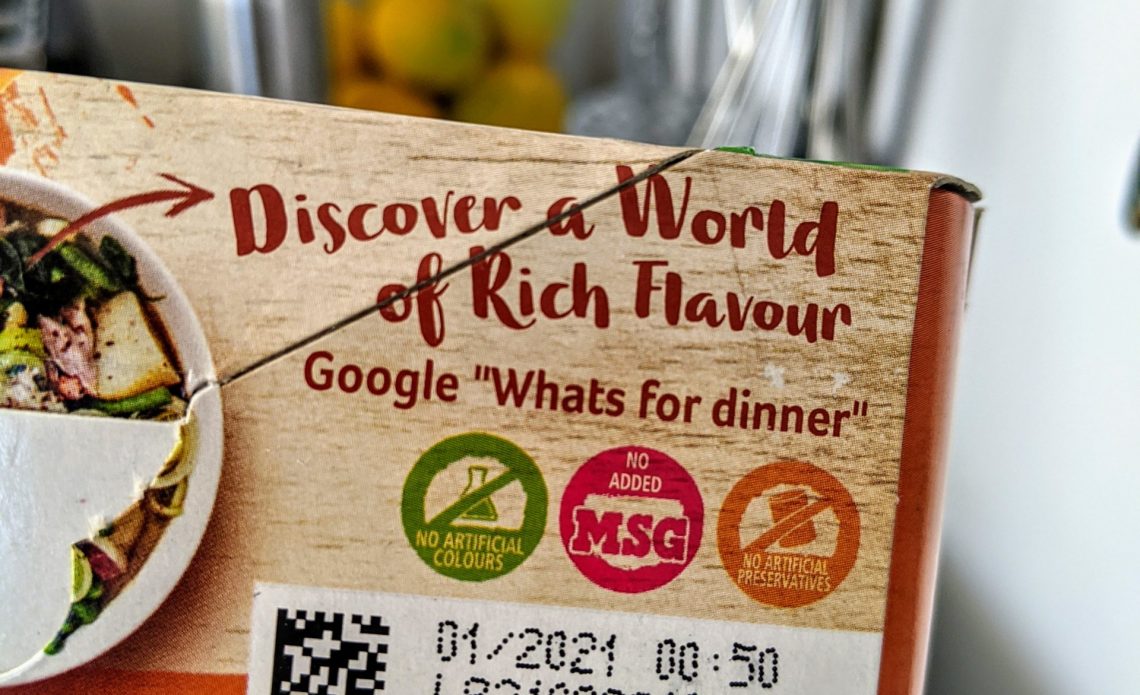
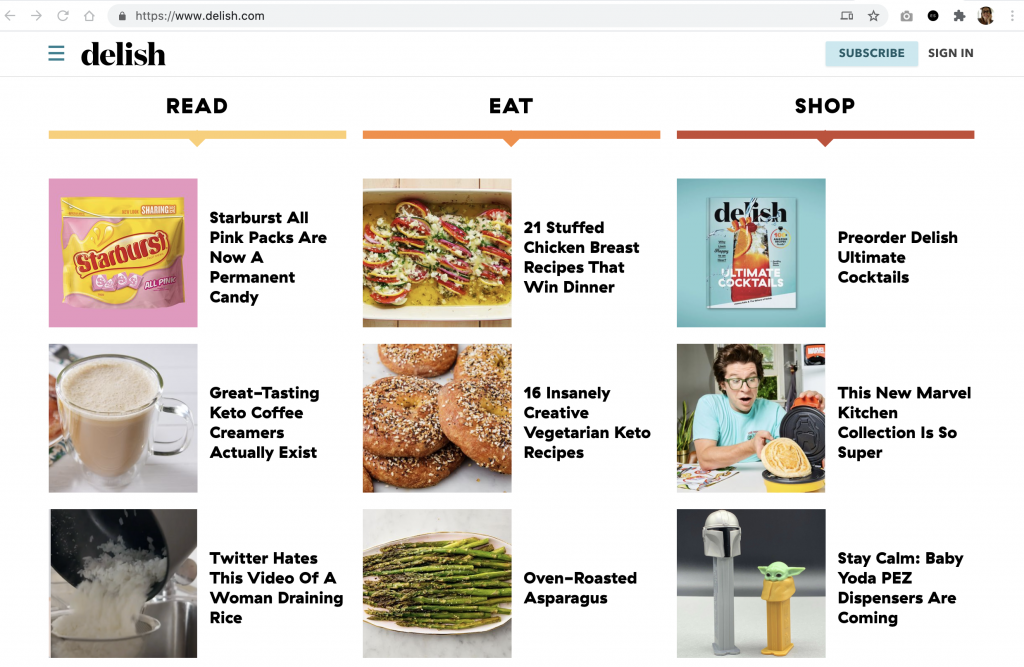
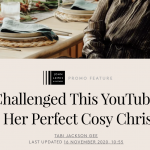
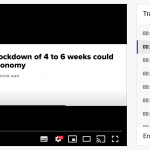
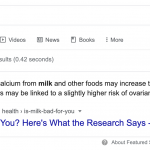
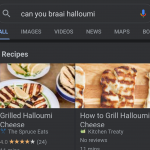
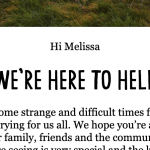
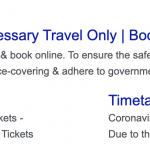
Comments by Melissa Byleveld